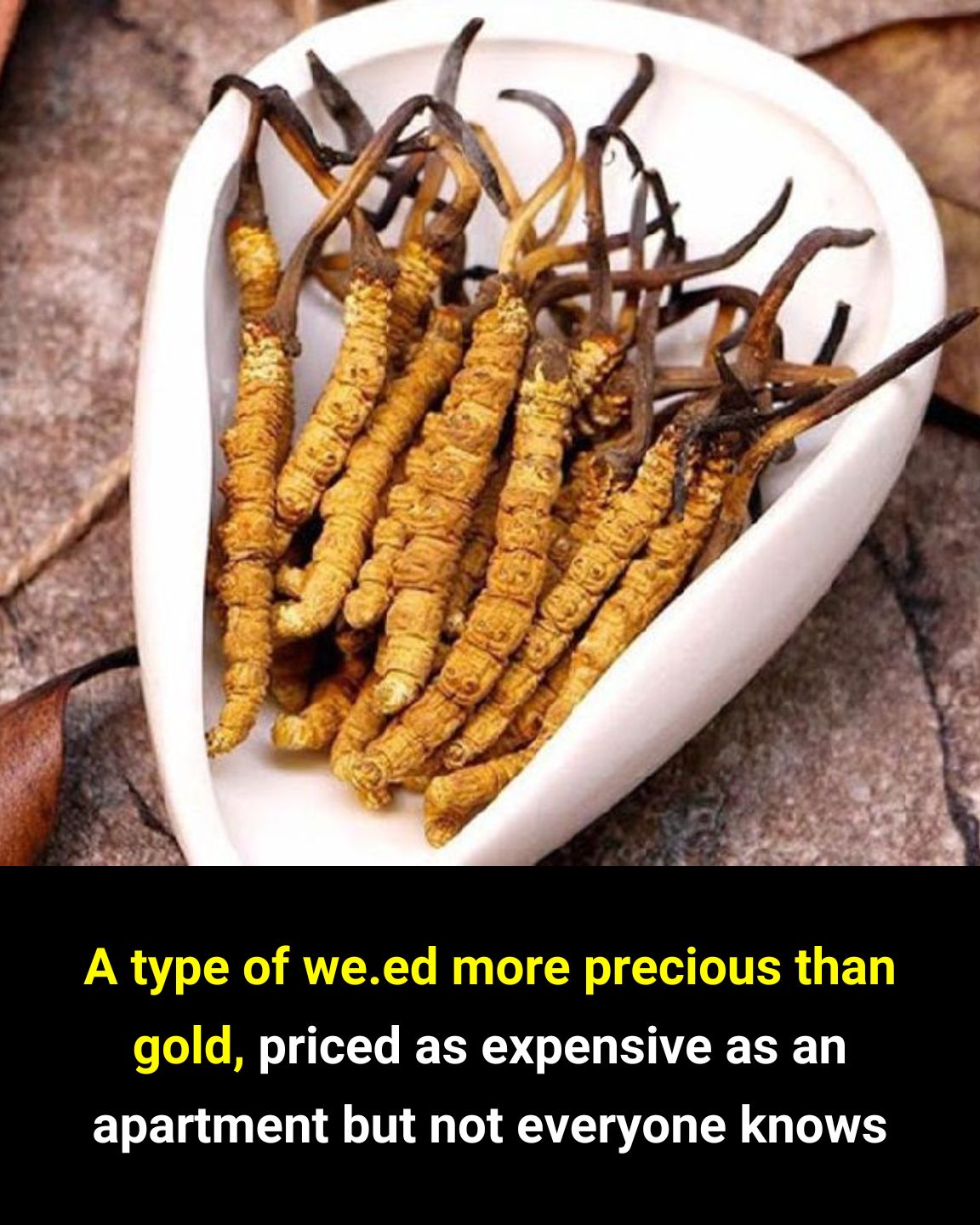Not everyone knows about it 😲
Cordyceps Sinensis, also known as Dong Chong Xia Cao—or “Winter Worm, Summer Grass”—is a remarkable and rare organism. It begins when a fungus infects an insect larva during damp winters. Over time, the fungus consumes the caterpillar’s nutrients until it dies. When summer arrives, the fungus sprouts from the larva’s body, resembling blades of grass above the soil, and releases spores to continue its life cycle.
Cordyceps commands extraordinary value due to its revered status in traditional Eastern medicine. Prized for its mild sweet taste and neutral properties, it is believed to enhance lung function and strengthen kidney health. Modern studies support some of these claims, showing that Cordyceps can help stop internal bleeding, relieve chronic cough, aid asthma treatment, and reduce fatigue—particularly in the lower back and knees. Its potent health benefits have made it more valuable than gold in certain markets.
A key compound, Cordycepin, has drawn attention for its antimicrobial and immune-boosting properties. Additionally, Cordycepic acid, which constitutes around 7% of the fungus, shows promise in cancer research. These compounds have propelled Cordyceps into the luxury medicinal market, attracting affluent buyers worldwide.
Among all varieties, Tibetan Cordyceps is the most coveted. Harvested at altitudes of 4,500 to 6,000 meters, it grows in pristine, nearly untouched environments with freezing temperatures year-round. This unique habitat produces an exceptionally potent fungus, driving prices to levels comparable to luxury apartments in major cities. Its rarity and reputed medicinal power make Tibetan Cordyceps a prized commodity among elite consumers.






Post Comment